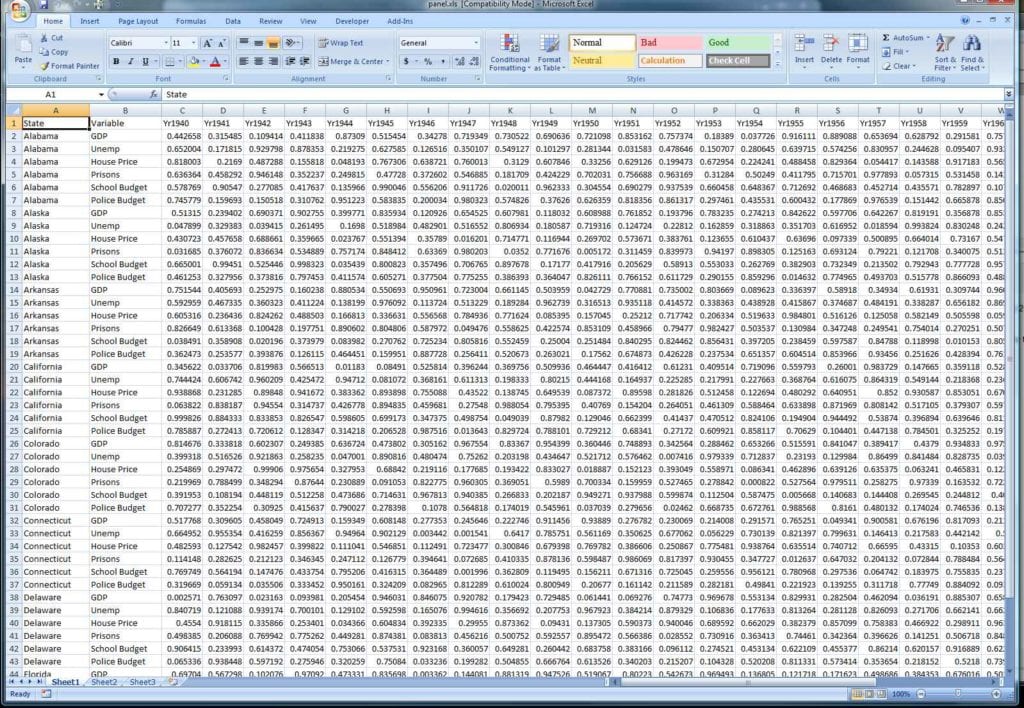5 Documents Needed for FEMA Assistance: Quick Guide

Applying for Federal Emergency Management Agency (FEMA) assistance can be a critical step for individuals and families recovering from natural disasters. Having the right documents ready can make the application process smoother and increase the likelihood of a swift response to your needs. This guide will walk you through the 5 key documents you need to prepare when applying for FEMA assistance, along with additional tips to ensure your application goes through without hiccups.
Document 1: Proof of Identity

To start with, FEMA requires proof of your identity. Here’s what you’ll need:
- Photo ID: This can be a driver’s license, passport, or military ID.
- Social Security Card: The original card or a clear copy will suffice.
🚨 Note: If you’ve lost your ID in the disaster, inform FEMA. They may accept alternate forms of ID, such as work IDs or school records.
Document 2: Proof of Property Ownership or Occupancy

Whether you’re the owner or tenant, proving your connection to the affected property is crucial:
- Deed or Lease Agreement: Copies or electronic versions of these documents are acceptable.
- Utility Bills or Recent Mortgage Statement: These should show your name and address.
- Insurance Policy: If you have insurance on your property, include this document to avoid duplicate benefits.
🏠 Note: If you’re not the property owner, having your landlord confirm your residency can be beneficial.
Document 3: Damage and Loss Assessment

Detailing the extent of damage or loss helps FEMA determine the level of assistance you need:
- Photos: Before and after pictures of the property damage.
- Insurance Claims: Copies of any claims made, if applicable.
- Receipts for Repairs: Any initial repair work receipts, or estimates for future work.
| Document Type | What It Shows |
|---|---|
| Photos | Extent of Damage |
| Insurance Claims | Pre-existing Coverage |
| Receipts | Repair Costs |

Document 4: Household Composition

Proof of the number of people in your household:
- Birth Certificates or Guardianship Papers: For all household members.
- Recent Pay Stubs or Tax Returns: To show household income and composition.
👨👩👧👦 Note: If you have dependents or elderly members in your household, this can increase the amount of assistance you receive.
Document 5: Contact Information

Ensure FEMA can reach you:
- Current Address: Temporary or permanent, where you can receive correspondence.
- Phone Number and Email: Make sure they’re correct and actively monitored.
In the process of rebuilding and recovery after a disaster, having the right documentation can expedite your aid from FEMA. Remember that FEMA assistance is meant to supplement, not replace, insurance coverage or other aid programs. Preparing these documents before applying not only helps in making the application process smoother but also ensures you receive the assistance you deserve promptly. Knowing what you need in advance can prevent delays, making this phase of recovery less stressful. Consider this guide as your roadmap to navigating FEMA assistance, ensuring that you, along with your family, can focus on getting back on your feet.
What if I’ve lost all my documents in the disaster?

+
Inform FEMA immediately. They might accept alternative forms of verification or allow you to self-certify your identity and property ownership.
Can I apply for FEMA assistance if I’m renting?

+
Yes, renters can apply. You’ll need to provide documentation like a lease agreement to prove residency, similar to owners.
What if I don’t have an insurance policy?

+
You can still apply for FEMA assistance. FEMA aims to help those who have suffered losses, whether or not they had insurance. However, you’ll need to prove your damage and losses.



